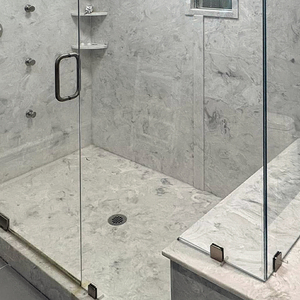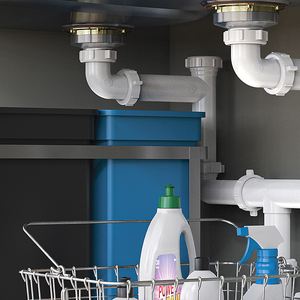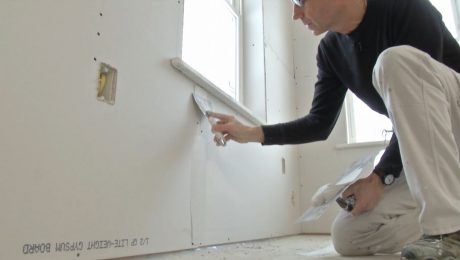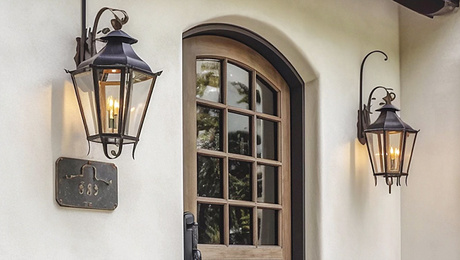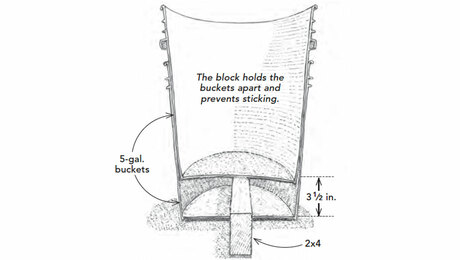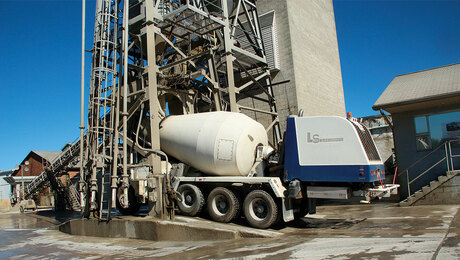What's the Difference: Connecting PVC pipe
Both PVC cleaner and PVC primer be used to create a strong joint, but one is required by code
To create a strong joint in a PVC-plumbing system, the ends of each PVC component need to be cleaned, primed, and coated with cement before being united. In most areas, plumbing codes require a PVC primer to be applied to the end of a component before PVC cement is applied. Where I work, the use of PVC primer is required by code, but PVC cleaner is not, which has always made me wonder if cleaner is needed at all.
PVC primer is more powerful
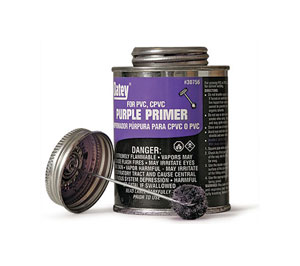
Primer contains more aggressive solvents than cleaner, and it dissolves a greater portion of a pipe’s polyvinyl resin, which is important. As the resin dissolves, the pipe softens, and its polymer molecules open. This allows solvent cement to penetrate deeper into the material and allows the molecules from each piece of PVC to become intertwined, helping to create a strong bond between components. Some areas even require a colored primer to be used. This lets the inspector know a primer was used on each joint, not just a cleaner.
PVC cleaner is optional
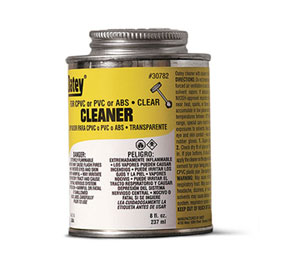
Cleaner removes dirt and oil from PVC material and dissolves a small amount of its polyvinyl resin, though nowhere near as much as primer does. Used alone, cleaner doesn’t prepare a component for assembly as well as primer. Manufacturers suggest that cleaner be used to prep pipe that is extremely dirty before primer is applied. In my experience, though, a clean rag works just as well. I wipe off the pipe with the rag, apply the primer, and then apply the cement. I never use cleaner.
Photos by Krysta Doerfler




